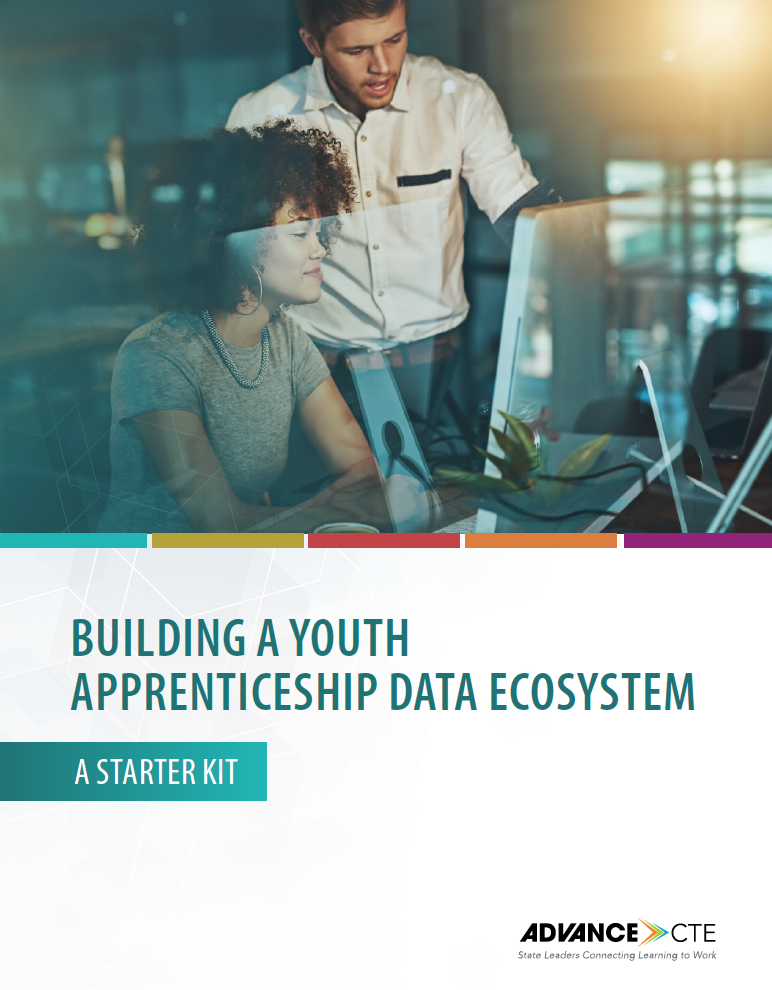Despite its growing popularity, youth apprenticeship remains a relatively new strategy for connecting young people to the world of work and helping them access high-quality pathways to well-paying jobs. While public data on apprenticeship participation is readily available through the U.S. Department of Labor, very little is known about the reach of youth apprenticeship.
The limited availability of public data on youth apprenticeship is due in part to the lack of a common definition of youth apprenticeship and limitations in data capacity at the state and local levels. To address the first challenge, the Partnership to Advance Youth Apprenticeship (PAYA), a national network of intermediary organizations, public agencies, non-profit organizations and foundations, is working to build field consensus around a common definition of youth apprenticeship. In 2018, PAYA identified four core elements of a high-quality youth apprenticeship program.
 That leaves remaining challenges around data capacity. Even as youth apprenticeship programs increase their enrollment, the existing apprenticeship data infrastructure is insufficient to monitor and support these emerging programs. State and federally administered Registered Apprenticeship programs can submit data through the Registered Apprenticeship Partners Information Database System (RAPIDS), but this system cannot yet differentiate between traditional and youth apprenticeship programs.
That leaves remaining challenges around data capacity. Even as youth apprenticeship programs increase their enrollment, the existing apprenticeship data infrastructure is insufficient to monitor and support these emerging programs. State and federally administered Registered Apprenticeship programs can submit data through the Registered Apprenticeship Partners Information Database System (RAPIDS), but this system cannot yet differentiate between traditional and youth apprenticeship programs.
To help state and local intermediaries improve their youth apprenticeship data capacity, Advance CTE, through the PAYA network, developed a youth apprenticeship data toolkit. The toolkit is designed to address common challenges by compiling tools and resources that state and local intermediaries can use to improve the quality of youth apprenticeship data. It includes templates, guides and links to external resources that can be adapted and modified to suit different program needs.
The tools are organized around five key steps:
- Step 1: Determine what to measure and why
- Step 2: Clarify roles and responsibilities
- Step 3: Build the infrastructure
- Step 4: Access the data
- Step 5: Scale and sustain using an equity lens
The toolkit is meant for youth apprenticeship agencies and organizations at various levels of implementation, from early design to statewide expansion.
To better understand the state of youth apprenticeship implementation, ensure equitable access to high-quality programs, and evaluate program impact, state and local leaders must strengthen the quality and accessibility of their youth apprenticeship data. Access Building A Youth Apprenticeship Data Ecosystem: A Starter Kit today in the Learning that Works Resource Center.
View more resources on youth apprenticeship here.
